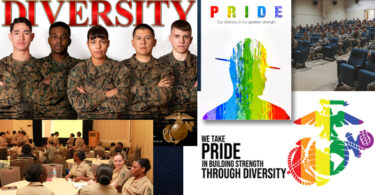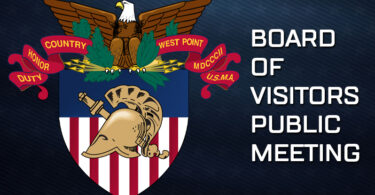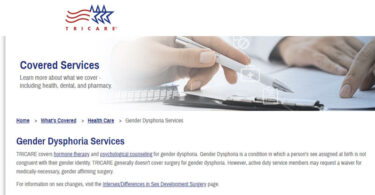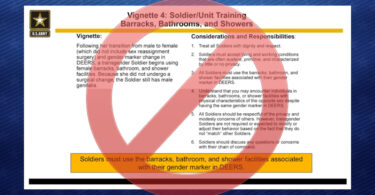By Jane Hampton Cook
STARRS member
This summer I was asked to contribute a chapter about women and religion for a book about myths from the American Revolution. The editor of a historical journal recommended me as a chapter contributor. The coordinating author thought that I would bring a fresh perspective because I am not a professor but have published nine historical books and numerous articles for various news outlets. He thought my writing style would better appeal to college students, the book’s target audience.
He said that I would receive the contract after submitting my mailing address. Then the publisher asked for my resume and an abstract before they would send the contract. Quoting original sources, I wrote this abstract:
The spirit that prevails among men of all degrees, all ages and sexes is the spirit of liberty,” Abigail Adams wrote on May 22, 1775, to a London bookseller in an attempt to convert him to support America’s cause. Ever an egalitarian, Abigail understood that the philosophy guiding the war of independence appealed to all people, including women. She continued by writing: “For this they are determined to risk all their property and their lives ‘nor shrink unnerv’d before a tyrant’s face.’
Abigail’s story as a breadwinner, farmer, and informal intellectual advisor to her husband dispels the myth that the American Revolution was fought only by men. She was far from alone. Women such as Martha Washington, Phillis Wheatley, Mercy Otis Warren, Deborah Sampson, and others made significant contributions to the American Revolution, proving that the spirit of liberty was for women, too.
Years later, her husband John Adams reflected on the Revolutionary War. “The Revolution was in the minds and hearts of the people. A change in their religious sentiments of their duties and obligations,”[1] he wrote to a newspaper publisher in 1818.
Adams explained that differences between the states threatened their ability to unite. They were “so different, there was so great a variety of religions, they were composed of so many different nations, their customs, manners and habits had so little resemblance.” Uniting them in the same principles and theory was a “very difficult enterprise.”
His views reveal that America’s first diversity struggle was over religion, dispelling the myth that the colonies were not diverse. The stories of different religious groups, such as Quakers, Jews, Catholics, and Moravians, show that Americans had to learn to tolerate each other’s’ religious differences in order to establish a representative government.
Imagine my shock when the publisher rejected this abstract and immediately pulled me from the project without discussion. The editor explained that this book was focused on what historians have said in the past 50 years about the American Revolution, not what happened nearly 250 years ago.
This approach is one of the root problems of how we communicate American history, especially in the academic world. Too many historians are navel gazers. They focus too much on historical interpretations and not the actual history. As a result, they are too focused on how they look to their peers rather than digging into the original writings of the founders to examine what the founders said about an event, battle, philosophy, friend, foe and so on.
What is more important to communicate to college students about women in the American Revolution? Should they know what Abigail Adams said and experienced based on her own writings? Or should they know what historians in the past few decades have said about Abigail Adams?
How did I respond to this Cambridge-based publisher? Instead of acknowledging their rejection with passive acceptance, I changed my usual tactic. Because of critical race theory and the 1619 agenda, I decided to push back. I told the editor that I was angry at his publisher’s discrimination against me. I told him that I thought their approach was misguided and that I cared what the founders had to say, not what modern historians think. I told him that I primarily work with primary source material. I believe that the voices of those who lived through history provided the best key to understanding our past.
One of the strange aspects of this battle over history is that it comes when we have digital access to more original information than ever before. The need to strain through the handwriting of letters or squint and scroll on microfilm has lessened significantly.
Today, the harvest of history is ripe, with more opportunities today to digitally discover historical newspapers and the original writings of our founders than ever before. In the past 10 years, the writings of the founders have become widely and digitally available through founders.archives.gov and other databases. This means that we can keyword search through letters, proclamations and documents of dozens of founders, such as George Washington, Thomas Jefferson and Ben Franklin. For example, John Adams used the word integrity in 319 documents. This shows us that the word was important to him.
The job of historians should look at the historical record first and then interpret, not interpret based on interpretations. Perhaps there was a need in the 1900s to interpret based on interpretations because it was so difficult to access original material. But that need is largely gone. Instead teachers, professors and historians need to become originalists in how we approach American history.
[1] Adams, John. “To Hezekiah Niles,” Feb. 13, 1818.
—
Founders Online (US National Archives)
CORRESPONDENCE AND OTHER WRITINGS OF SEVEN MAJOR SHAPERS OF THE UNITED STATES:
George Washington, Benjamin Franklin, John Adams (and family), Thomas Jefferson, Alexander Hamilton, John Jay, and James Madison. Over 185,000 searchable documents, fully annotated, from the authoritative Founding Fathers Papers projects.








Leave a Comment